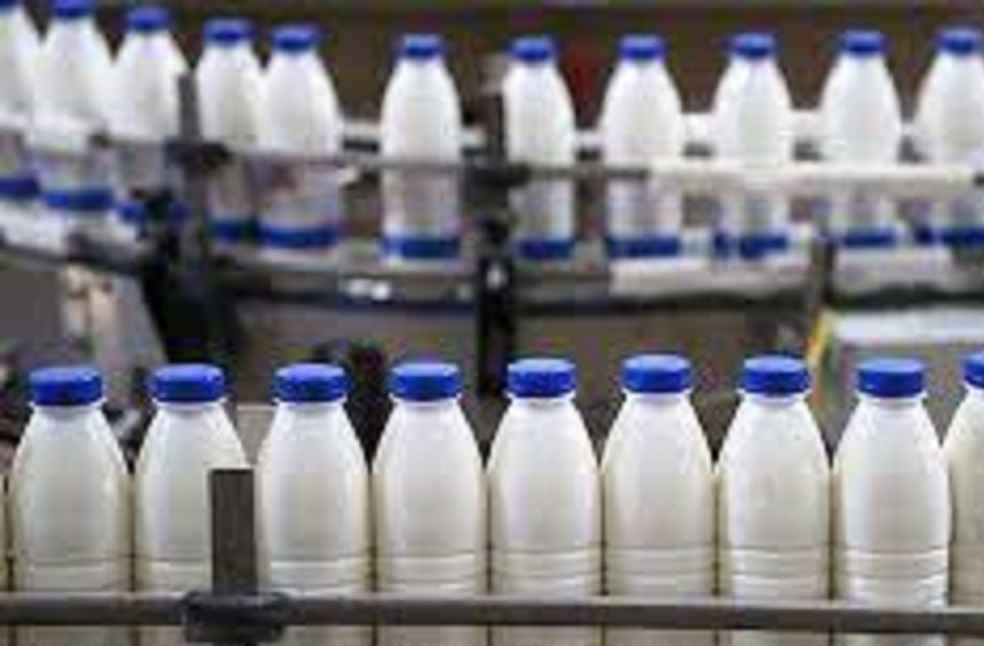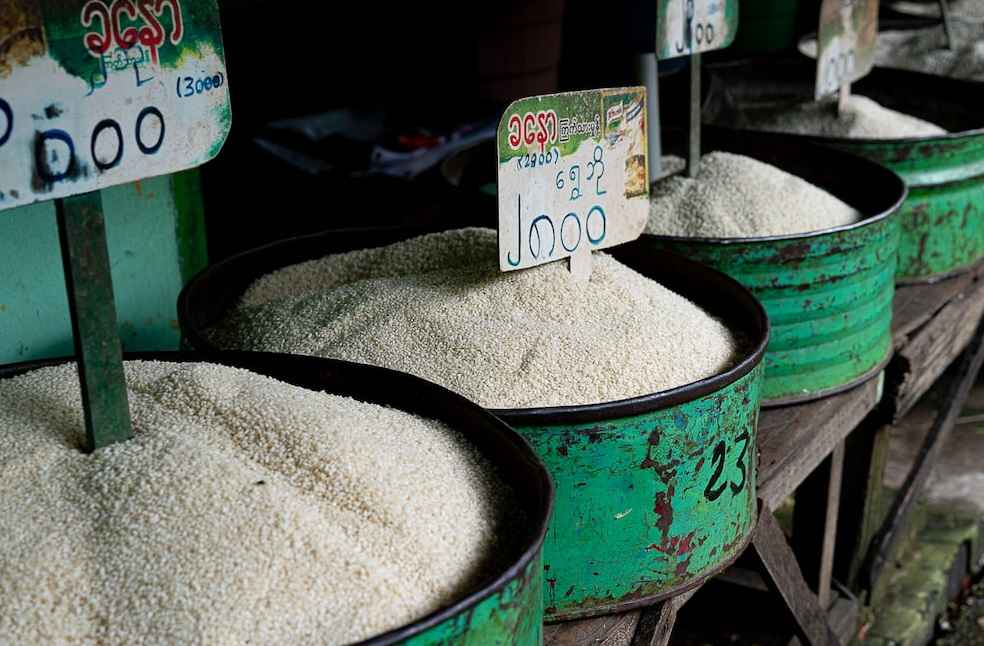Global food commodity prices rose in April, led by increased costs of cereals, meat, and dairy products, according to the latest data from the Food and Agriculture Organization of the United Nations (FAO).
The FAO Food Price Index averaged 128.3 points for the month, marking a 1.0% rise from March and a 7.6% increase compared to April last year. The index monitors monthly price changes across a basket of internationally traded food commodities.
The Cereal Price Index climbed by 1.2%, driven by several factors. Wheat prices edged up due to tightening exportable supplies from the Russian Federation. Rice prices increased as demand for fragrant varieties strengthened, and maize prices rose amid seasonally lower stock levels in the United States. Currency fluctuations and changes in trade tariffs also added to market uncertainty.

Meat prices recorded a 3.2% monthly gain, with increases across all categories. Pig meat led the surge, while bovine meat prices also rose, especially in Australia and Brazil, due to sustained global demand and limited export availability.
The Dairy Price Index rose by 2.4% month-on-month, standing nearly 23% higher than a year ago. This jump was largely attributed to soaring international butter prices, which reached a new record amid declining inventories in Europe.
The Vegetable Oil Price Index fell by 2.3%, although it remained over 20% higher than its level a year earlier. Palm oil prices dropped as seasonal output increased in Southeast Asia, while soy and rapeseed oil prices climbed on strong import demand. Sunflower oil remained stable.
The Sugar Price Index declined by 3.5%, reflecting market concerns over the global economic outlook and potential weakening in demand from food and beverage producers, the primary consumers of sugar globally.

Alongside the price report, FAO released an updated Cereal Supply and Demand Brief. It projects 2025 global wheat production at 795 million tons, roughly unchanged from 2024. Strong yields in Asia, particularly in India and Pakistan, are expected to balance out rainfall deficits in northern Europe and the Near East, as well as drought risks in the United States.
Coarse-grain harvesting has begun in the southern hemisphere, with Brazil and South Africa anticipating larger maize harvests. In the north, early indications suggest a 5% rise in coarse-grain planting in the U.S.
FAO slightly lowered its forecast for 2024 global cereal output to 2.848 billion tons. Nevertheless, global rice production in 2024/25 is expected to reach a record 543.6 million tons, a 1.5% year-on-year increase.
Global cereal utilization is forecast to rise by 1.0% to 2.870 billion tons in 2024/25, largely due to higher maize feed use in China and the Russian Federation, and growing rice consumption in parts of Africa.
However, world cereal stocks are projected to decline by 1.9% to 868.2 million tons by the end of the 2025 season. This lowers the global stocks-to-use ratio to 29.9%, a level still regarded as a stable buffer.
IMEX SECTOR | Bangladesh Ceases Cattle Imports Due to Surplus Supply



